In the quiet, haunting town of Sleepy Hollow, a mysterious figure known as the Headless Horseman roams the night, searching for his lost head. This eerie tale, immortalized by Washington Irving in 1820, has become one of America’s most enduring myths. But what is it about The Legend of Sleepy Hollow that continues to captivate and terrify audiences nearly two centuries later?
The Origins of the Legend
The story is set in the Dutch settlement of Tarry Town, nestled in the secluded glen known as Sleepy Hollow. The legend follows the adventures of Ichabod Crane, a schoolteacher who becomes entangled in a supernatural mystery involving the Headless Horseman—a ghostly figure said to be the restless spirit of a Hessian soldier who lost his head to a cannonball during the Revolutionary War.
Washington Irving drew inspiration from European folklore and American history to create this tale. The idea of a headless rider wasn’t new; similar stories can be found in various cultures, including the Irish Dullahan and the German Wild Huntsman. By blending these influences with the unique landscape and history of early America, Irving crafted a story that felt both familiar and new to his readers.
The Themes Behind the Tale
Beneath the surface of the ghost story lies a rich exploration of themes that are still relevant today. At its core, The Legend of Sleepy Hollow is a tale of fear—fear of the unknown, fear of change, and fear of losing control. Ichabod Crane’s journey through Sleepy Hollow represents a confrontation with these fears, embodied by the spectral figure of the Headless Horseman.
Relating this to real life, think about the fears that haunt you. Whether it’s the fear of failure, the fear of the future, or the fear of the unknown, these anxieties can often feel as menacing as the Headless Horseman. The legend reminds us that these fears can chase us, but they can also be confronted and overcome.
The Power of Setting
One of the most striking aspects of The Legend of Sleepy Hollow is its setting. Sleepy Hollow itself is a character in the story—a place where time seems to stand still, and the boundary between the natural and supernatural is thin. Irving’s vivid descriptions of the landscape create an atmosphere of suspense and mystery, drawing readers into a world where anything is possible.
In real life, consider the power of your surroundings. Just as Sleepy Hollow influences the events of the story, your environment can shape your experiences, emotions, and decisions. Are there places that make you feel uneasy or inspired? How does your setting affect the way you see the world?
Why Does the Legend Endure?
So why does The Legend of Sleepy Hollow continue to resonate with audiences? Part of its appeal lies in its timelessness. The themes of fear, uncertainty, and the supernatural are universal, and the story’s rich atmosphere and memorable characters make it easy to imagine oneself in Ichabod Crane’s shoes.
Moreover, the legend taps into the collective imagination. The Headless Horseman has become a symbol of the eerie and unknown—a figure that can be interpreted in countless ways, from a simple ghost story to a commentary on the anxieties of early American society.
In today’s world, where uncertainty often looms large, the story of Sleepy Hollow remains relevant. It reminds us that while fear may be inevitable, it can also be a source of strength and transformation.
Take Action
The Legend of Sleepy Hollow teaches us that fear is a powerful force, but it doesn’t have to control us. Take a moment to reflect on the fears that might be chasing you—whether they’re personal, professional, or even existential. What would it take to confront them? Just as Ichabod Crane faced the Headless Horseman, you have the power to face your fears and move forward with courage.
By delving into The Legend of Sleepy Hollow, this article encourages you to explore the themes of fear and transformation in your own life. What lessons can you learn from Ichabod Crane’s journey, and how will you apply them to your own story?
Expand Your Vocabulary
- Legend
- Meaning: A traditional story or myth, often rooted in historical events, that is passed down through generations.
- In Context: The article discusses The Legend of Sleepy Hollow as a story that has become part of American folklore. In everyday language, you might refer to stories or people that have a lasting impact as legends, like, “He’s a legend in the world of sports.”
- Supernatural
- Meaning: Related to forces or events beyond the natural world, often involving ghosts, spirits, or other unexplained phenomena.
- In Context: The Headless Horseman is described as a supernatural figure in the legend. In everyday use, you might describe anything eerie or beyond explanation as supernatural, such as, “That old house has a supernatural vibe—people say it’s haunted.”
- Spectral
- Meaning: Ghostly or resembling a specter (ghost); eerie or haunting.
- In Context: The article refers to the Headless Horseman as a spectral figure, emphasizing his ghostly presence. You might use this word in everyday conversation to describe something that feels eerie or otherworldly, like, “The fog gave the landscape a spectral quality.”
- Atmosphere
- Meaning: The overall feeling or mood created by a place or situation.
- In Context: Sleepy Hollow’s atmosphere is a key element in creating suspense and mystery in the story. In everyday language, you might use atmosphere to describe the mood of a place or event, like, “The café had a cozy atmosphere, perfect for reading.”
- Uncertainty
- Meaning: The state of being unsure or having doubts about something.
- In Context: The legend deals with themes of uncertainty, both in the supernatural and in the fears that haunt the characters. You might use this term to describe situations where the outcome is unknown, such as, “There’s a lot of uncertainty about the future of the project.”
- Timeless
- Meaning: Not affected by the passage of time; remaining relevant and influential across different eras.
- In Context: The article describes The Legend of Sleepy Hollow as a timeless story, meaning it continues to captivate audiences even after many years. In everyday language, you might refer to something that never goes out of style as timeless, like, “Her fashion sense is timeless—always elegant and classic.”
- Transformation
- Meaning: A significant change or alteration in form, appearance, or character.
- In Context: The article suggests that fear, as portrayed in the legend, can lead to transformation. You might use this term to describe personal growth or change, such as, “Her transformation after the trip was remarkable—she returned with a new perspective on life.”
- Confront
- Meaning: To face or deal with something, especially a challenge or difficult situation, directly.
- In Context: The article encourages readers to confront their fears, much like Ichabod Crane faces the Headless Horseman. In everyday conversation, you might use this term when talking about dealing with issues head-on, like, “It’s time to confront the problem instead of avoiding it.”
- Myth
- Meaning: A traditional or legendary story that explains natural or social phenomena, often involving supernatural beings or events.
- In Context: The Legend of Sleepy Hollow is considered a myth in American culture. In everyday language, you might use the word myth to describe commonly held beliefs that may not be true, like, “The myth that lightning never strikes the same place twice is just that—a myth.”
- Restless
- Meaning: Unable to rest or relax, often due to anxiety or unease.
- In Context: The Headless Horseman is described as a restless spirit, forever searching for his lost head. In everyday language, you might use this word to describe a feeling of unease or restlessness, like, “I felt restless before the big presentation.”
Let’s Talk
- The Legend of Sleepy Hollow explores themes of fear and uncertainty. What are some fears or uncertainties you’ve faced, and how did you confront them? How can you apply the lessons from the legend to overcome future challenges?
- This question encourages you to reflect on your personal experiences with fear and uncertainty, and to think about how the story’s themes can help you navigate similar situations in the future.
- How does the setting of a story, like the eerie atmosphere of Sleepy Hollow, influence your experience of the narrative? Can you think of real-life situations where your environment shaped your emotions or decisions?
- This question prompts you to consider the impact of surroundings on your feelings and actions, both in stories and in real life.
- The Headless Horseman is a symbol of the unknown and the supernatural. What symbols or figures in modern culture evoke similar feelings of fear or mystery for you? How do they influence your thoughts or behavior?
- This question encourages you to explore how symbols of fear and mystery, both in stories and in real life, affect your mindset and actions.
- Why do you think certain legends, like The Legend of Sleepy Hollow, endure across generations? How do these stories connect with universal human experiences?
- This question invites you to think about the reasons behind the lasting appeal of certain myths and legends, and how they resonate with timeless human emotions and experiences.
- Fear is often portrayed as something to be overcome, but it can also lead to growth and transformation. How have your fears helped you grow or change for the better?
- This question challenges you to consider the positive side of fear, reflecting on how it has contributed to your personal development.
By engaging with these questions, you can deepen your understanding of The Legend of Sleepy Hollow and its relevance to your own life. Discussing these ideas with others or reflecting on them personally can lead to meaningful insights and a greater appreciation for the power of myths and legends.
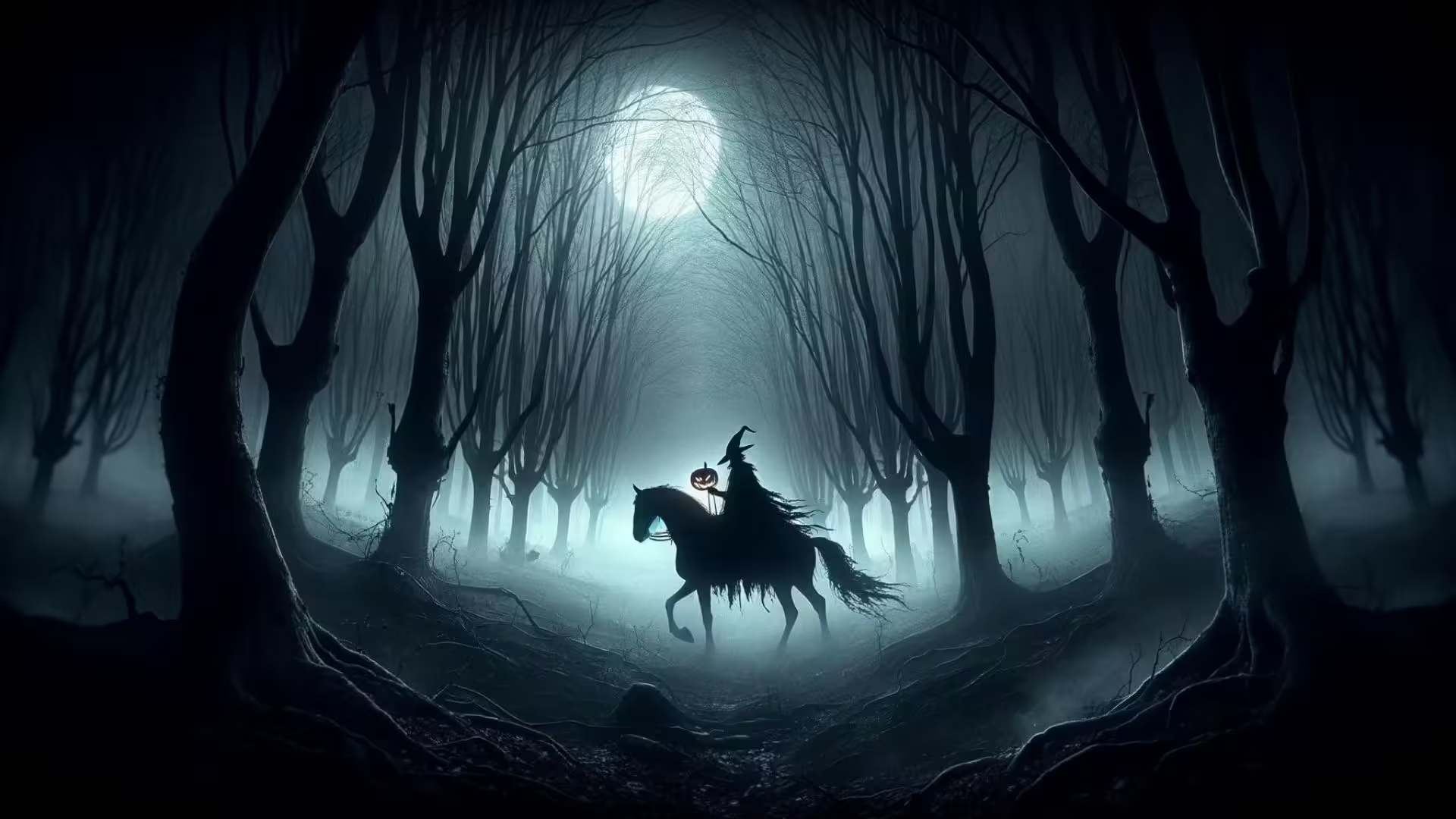

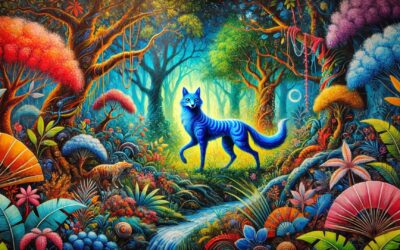
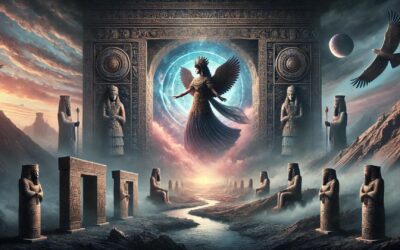



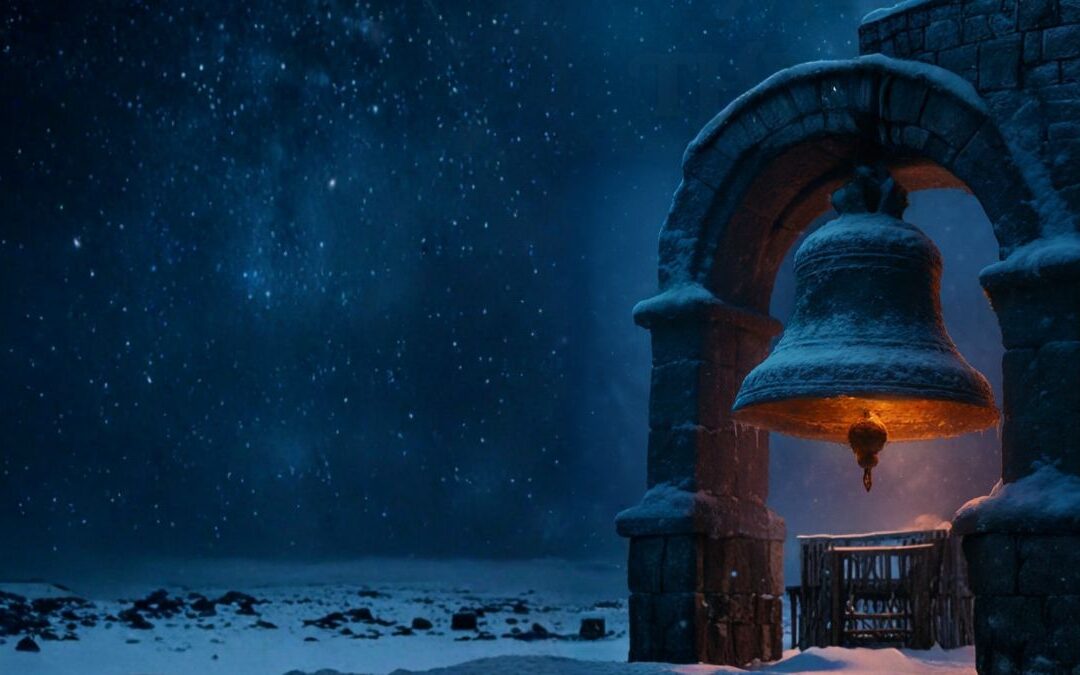

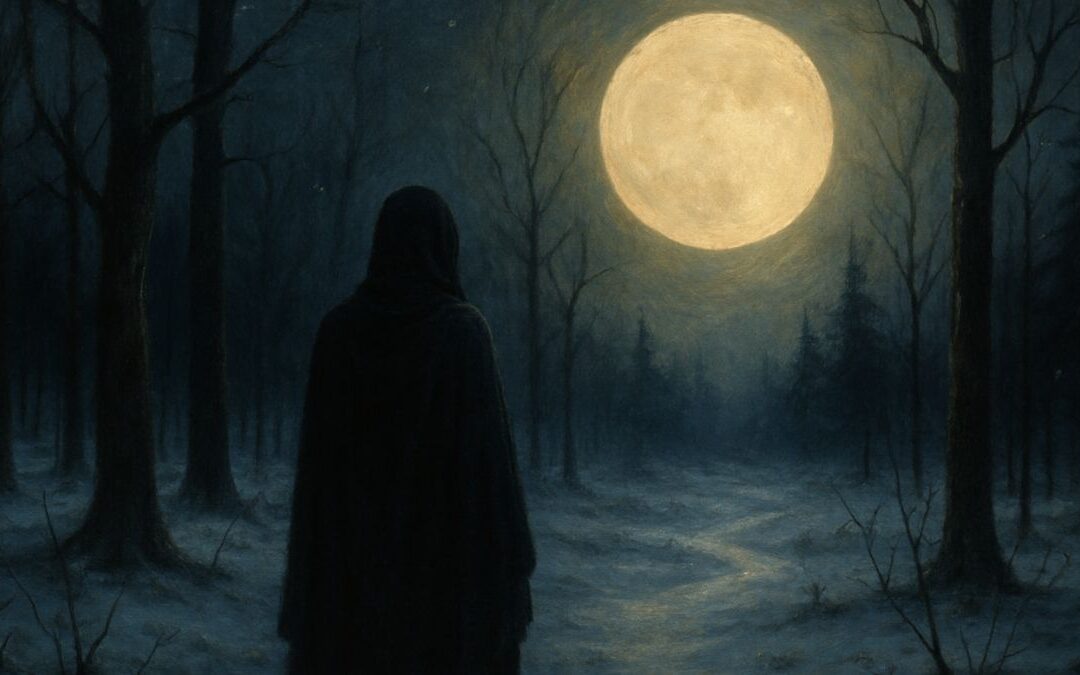
0 Comments